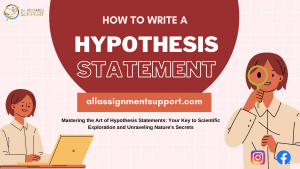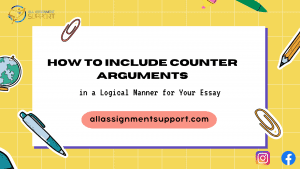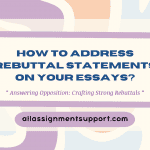Introduction to Monetary Policy – What is it?
Monetary policy is the process of influencing the supply of money and credit to achieve specific goals. The goal may be to stabilize prices, to lower unemployment, or to inhibit inflation. Monetary policy is implemented by central banks and can be used as a tool for economic management.
The Federal Reserve (the Fed) implements monetary policy by adjusting its federal funds rate target. The Fed increases interest rates when it wants to slow down the economy and decrease inflation, and decreases interest rates when it wants to stimulate economic growth.
How Monetary Policy Works
Monetary Policy is the process of influencing the supply of money in an economy. The central bank or monetary authority can use three major tools to do this: open market operations, changing interest rates, and changing reserve requirements. These tools affect the amount of money in circulation and decrease or increase the interest rate charged on loans.
The tools are used to increase or decrease the money supply. When the money supply increases, inflation usually rises because there is more currency available for transactions and prices rise. When the money supply decreases, inflation falls because there is less currency available for transactions and prices fall.
Monetary Policy & The Economy
Monetary policy is the process by which a central bank controls the supply of money in order to regulate the level of inflation and to stabilize the economy while ensuring that economic growth remains stable, among other responsibilities.
Monetary policy is a powerful tool for economic stabilization, but it can also be used as an estimator for economic growth. The Federal Reserve Bank has different tools at their disposal that they can use to regulate monetary policy, including open market operations and interest rates.
A central bank will use these tools in order to stabilize an economy by influencing inflation, unemployment levels, and interest rates. Monetary policy is not meant to be a cure-all for every economic problem; it should only be used when necessary.
The Federal Reserve and Monetary Policy
The Federal Reserve is the central bank of the United States. It was created by Congress in 1913 to provide a safe and flexible currency for the U.S. economy. The Fed can also be used as a lender of last resort to commercial banks, which means that it can help them stay afloat during times of financial crisis.
The Fed has three main goals: maximising employment, stabilising prices, and moderating long-term interest rates. The Fed does this by adjusting three key tools:
-Interest rates
-Exchange rates
-Quantitative easing
Conclusion- What Does This Mean for The Global Economy?
Conclusion- What Does This Mean for The Global Economy?
The midterm election 2018 will have a significant impact on the global economy. For example, the US economy is projected to grow by 2.9% in 2019 if the Democrats win the House and Senate. This is because of increased government spending which will lead to economic growth. But if Republicans win both houses, this would lead to a recession due to decreased government spending and higher taxes.










